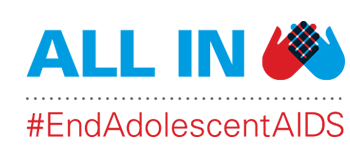Spotlight Report: LGBTQI+ Youth in Brazil Speak Up
On this International Day Against Homophobia, Biphobia and Transphobia (IDAHOBIT) 2023, we unveil the UNICEF Spotlight Report on the Youth Aware initiative in Brazil. Youth Aware is a partnership with the Brazilian Ministry of Health, to transform the approach to HIV and STI prevention and treatment for LGBTQI+ youth through peer education and community mobilization. Young people in Brazil are disproportionately impacted by the HIV epidemic, and key populations face heightened vulnerability.
Supported by M·A·C VIVA GLAM, this flagship UNICEF programme redefines health services for adolescents, addressing their needs and the shifting landscape of gender and sexuality. The report showcases the stories of courageous individuals countering prejudice and sheds light on their aspirations and challenges. Together, we can challenge stigma, discrimination, and marginalization, advocating for a future where every young person can thrive. Join us as we celebrate IDAHOBIT and champion a healthier, more inclusive future.
